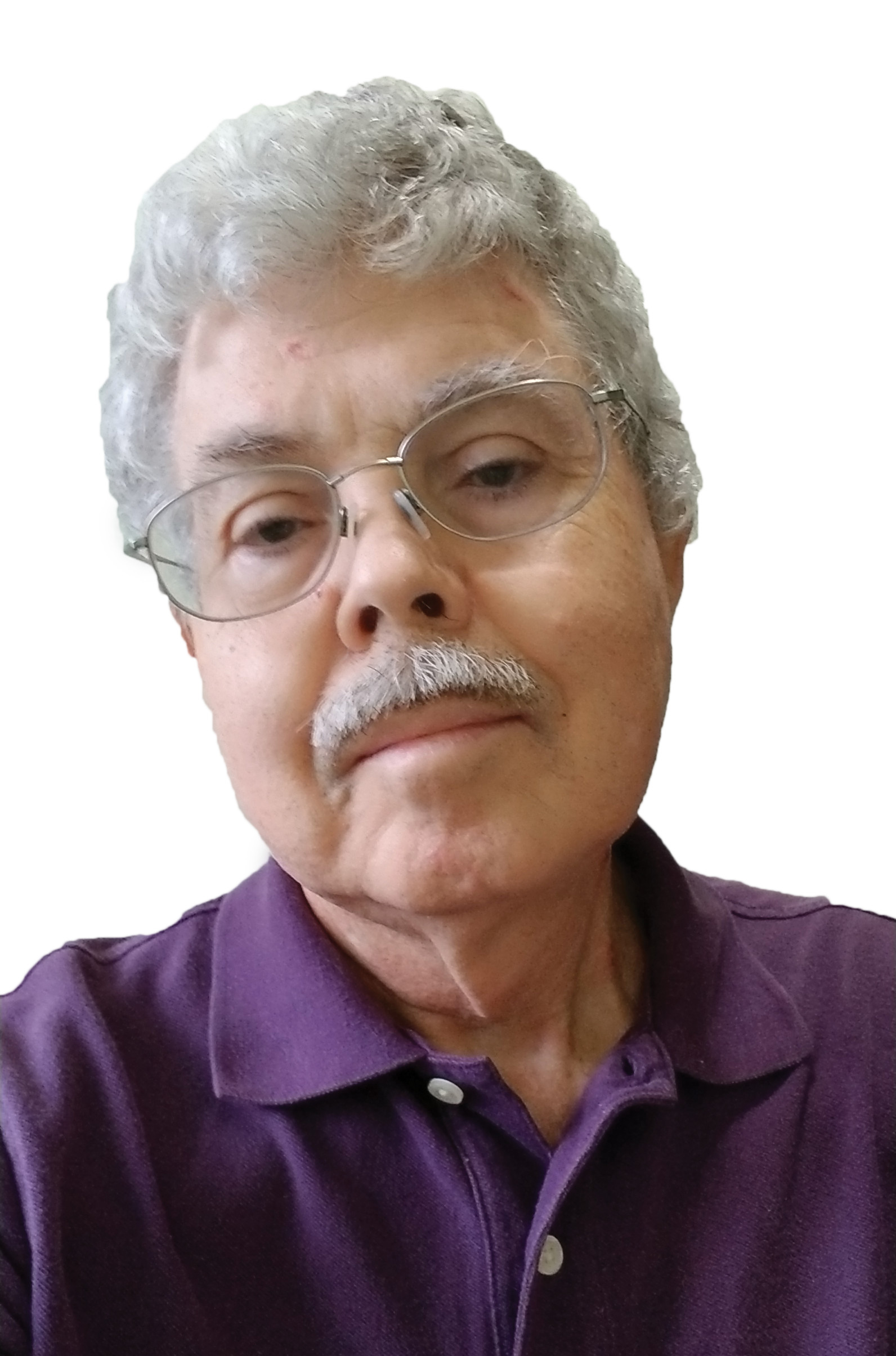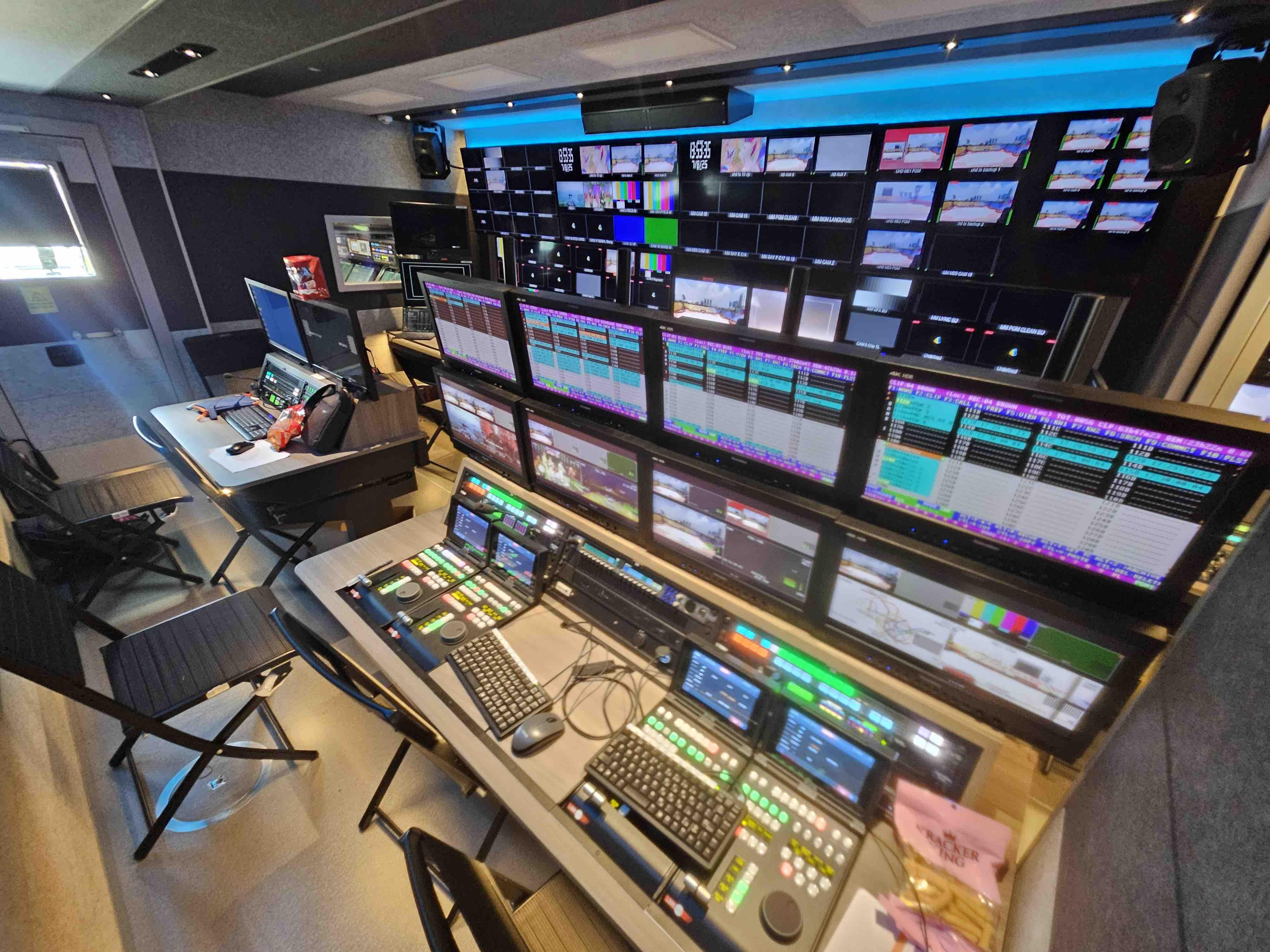FCC Issues Latest Round of Experimental Licenses
The FCC’s Office of Engineering and Technology's has issued some new licenses to cover experimental operations. The most recent list shows those granted between Feb. 1, 2014 and March 1, 2014. While I didn’t see any grants that might affect broadcasters, here are a few of the more interesting licenses issued.
One of these went to cover experimentation in the realm of very low frequency (VLF) propagation. License WH2XBA allows operation in the 27 to 59 kHz band for amateur radio testing, fixed and mobile, in Wayland, Mass., Penn Yan, N.Y.; Stanfield, N.C.; Palmer Alaska; Carefree, Ariz.; Flower Mound, Texas; Arlington, Va.; Woodville, Ala. and Burlington, Conn.
And as I reported elsewhere in this week's RF Report, the FCC has revised rules for operations in the 5 GHz band and has increased protection against interference to radar systems. Some of the recent experimental license grants authorize experimental radar operation in the 5 GHz region. One was issued to Dynetics, Inc. for operating on 5.3 GHz in connection with for radar testing in Huntsville, Ala. and another grant went to Mustang Technology Group, LP for operations in the 5250-5600 MHz and 5650-5900 MHz bands to test a prototype radar mobile at Lake Texoma, Texas.
One odd grant, which doesn't seem likely to impact broadcaster 2 GHz operations, is Northrop Grumman's experimental permission to "operate on 2067 MHz for demonstration to potential customers of signals generated by a signal generator" in Colorado Springs, Colo.
For a complete list of applications, see Public Notice: Report #454, Experimental Actions.
The professional video industry's #1 source for news, trends and product and tech information. Sign up below.

Doug Lung is one of America's foremost authorities on broadcast RF technology. As vice president of Broadcast Technology for NBCUniversal Local, H. Douglas Lung leads NBC and Telemundo-owned stations’ RF and transmission affairs, including microwave, radars, satellite uplinks, and FCC technical filings. Beginning his career in 1976 at KSCI in Los Angeles, Lung has nearly 50 years of experience in broadcast television engineering. Beginning in 1985, he led the engineering department for what was to become the Telemundo network and station group, assisting in the design, construction and installation of the company’s broadcast and cable facilities. Other projects include work on the launch of Hawaii’s first UHF TV station, the rollout and testing of the ATSC mobile-handheld standard, and software development related to the incentive auction TV spectrum repack. A longtime columnist for TV Technology, Doug is also a regular contributor to IEEE Broadcast Technology. He is the recipient of the 2023 NAB Television Engineering Award. He also received a Tech Leadership Award from TV Tech publisher Future plc in 2021 and is a member of the IEEE Broadcast Technology Society and the Society of Broadcast Engineers.
